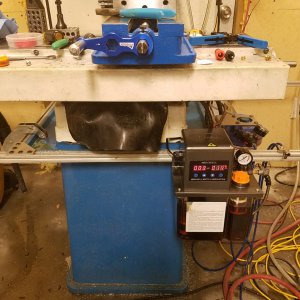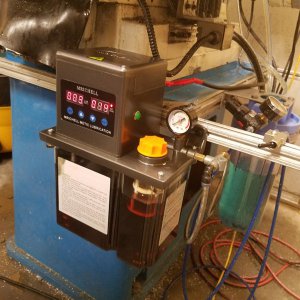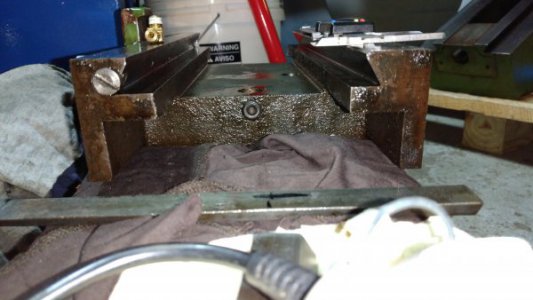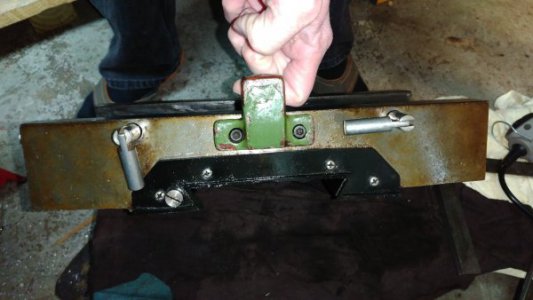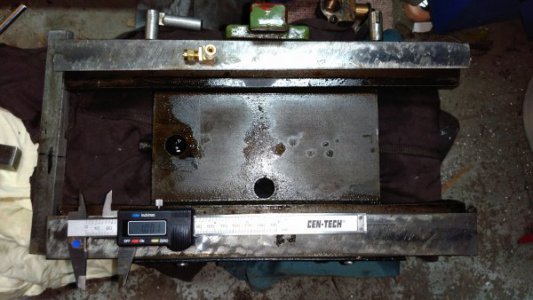- Joined
- May 4, 2015
- Messages
- 3,583
I think HW machine rebuilders of Bridgeport mills has a set of videos that show conversions to pump oilers over the grease fitting type and ball oiler holes.
Kit 1099 Zerk to bijure oiler, title
Kit 1099 Zerk to bijure oiler, title
Last edited:

